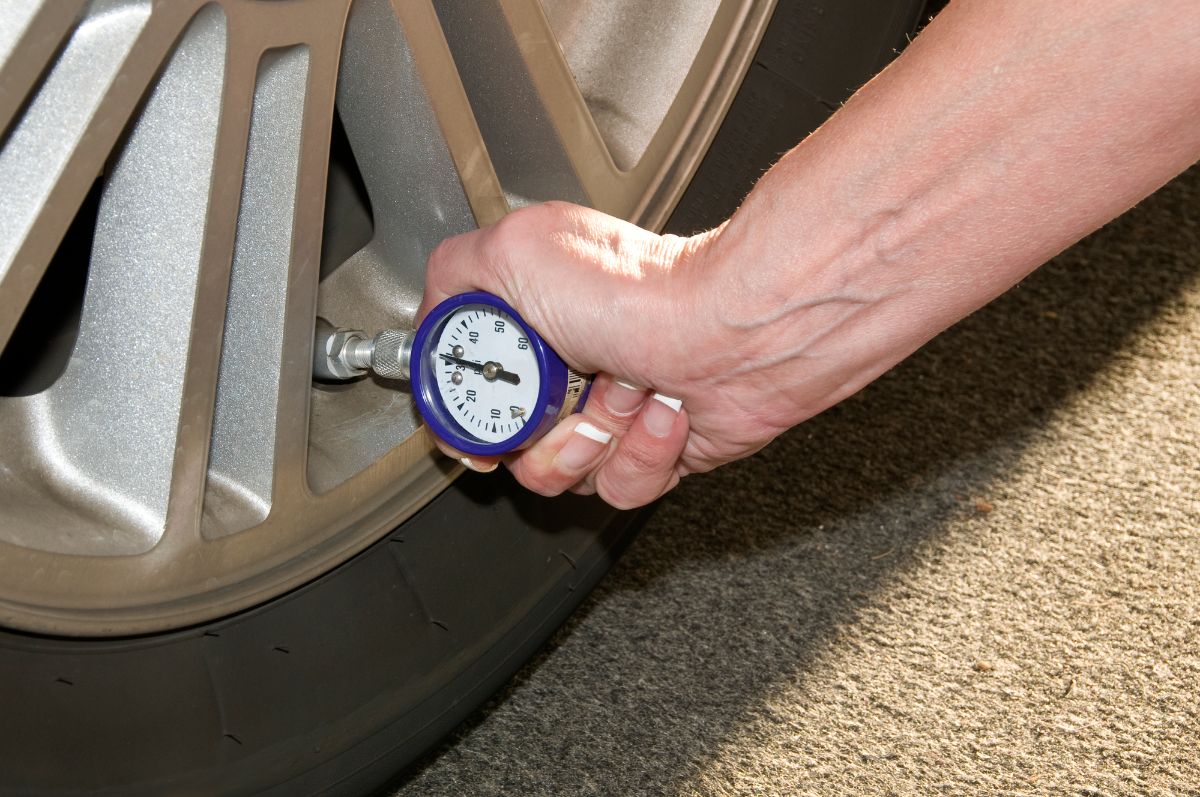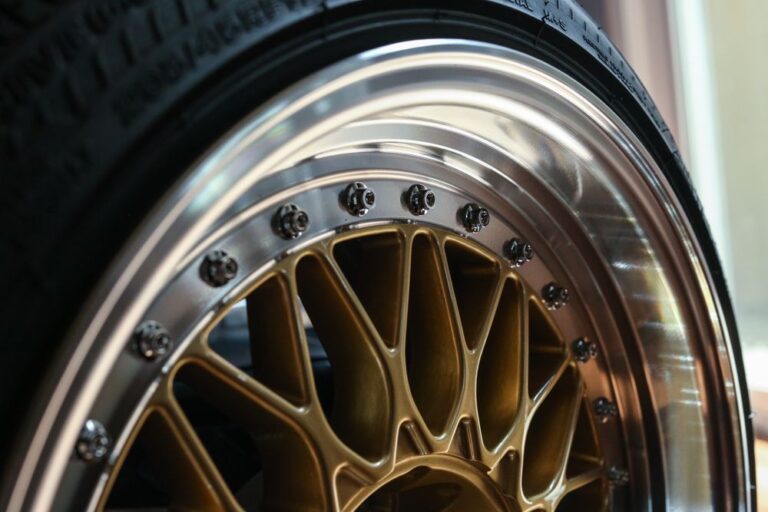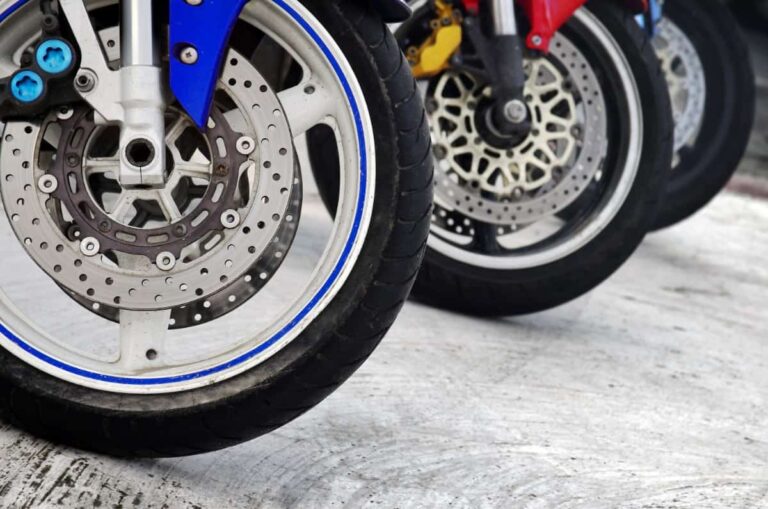
Sometimes I think school teachers receive more researched information from their learners than they give. Take my boy Sonny’s recent Science project, for example.
For Sonny’s Grade 9 class Science project, the poor schumaks had to write a research paper on vehicle tire-pressure gauges, their origins and, as if that was not enough work, they also had to categorize the tire-pressure gauges into different types!
“Just what does your teacher think you guys are Sonny-mechanical engineers?” I spat and ranted when he came to me for help.
Suspecting Sonny’s science teacher was using her learners to do her graduate research for her, I resolved to disguise my voice, call her and give her a piece of my mind.
And exactly what I did!
“Hello, may I help you?”
“Ves, is dat Miz Frinkstein, science tichra vet….Jooniar Heegh?” I faked a foreign East European accent.
“Oh, hi! Yes, is this Sonny’s dad?”
I hung up.
“Sorry son, today go and ask your mom for help, I have some very important work stuff to do.” I this time shirked homework duty to Wifey.
But as it turned out, she was clueless about tire pressure gauges. As a result, she kept shouting questions to me back and forth from the kitchen as she fixed supper and I, in turn, shouted replies back to her as I frantically researched.
Meanwhile, Sonny wrote my responses down as a draft for his research paper….all the while grinning from ear to ear.
Hey babes, so what are tire pressure gauges, anyway?

In the world of car care, there are many tools that people can use to help them maintain their vehicles. A tire-pressure gauge, or tire-pressure gauge, is generally a tool, but more specifically, a pressure gauge used to measure the air pressure of tires on a vehicle.
It is typically small enough to be carried in your pocket or stored in the glove compartment of your car. Tires are rated for their optimal pressure when cold. A tire’s optimal pressure is its pressure before the tire has been driven on for the day and allowed to heat up.
Heating a tire ultimately changes the internal pressure of the tire due to the expansion of gases. As such, vehicle tire pressure gauges are a must-have for any car owner.
Tire-pressure gauges are a quick and easy way to make sure that your tires are inflated to the right pressure. If you find that your tires are under-inflated, you should inflate them right away.
Under-inflated tires can lead to a decrease in gas mileage, poor handling, and an increase in tire wear. A properly inflated tire can improve gas mileage by up to 3%, aand it’s also essential for safety.
According to some car experts, under-inflated tires build up excess heat as you drive, which can result in tire failure. With too little air pressure, tires can also wear faster and unevenly, and negatively impact the vehicle’s braking and handling.
How do tire pressure valves work and what pressure gauges and brands are there on the market?
The tire pressure gauge consists of a thin metal tube with a rubber bulb on one end and a needle on the other. The rubber bulb is squeezed to create air pressure, which is then pushed into the tire.
The tire pressure gauge is usually calibrated in pounds per square inch (PSI) or kilograms per square centimeter (kPa). Many gauges have a span of 5 to 99 psi.
Buy a gauge with a wide-enough range that it can measure the pressure in a temporary spare, which is typically 60 psi. The average PSI for passenger cars is 30 and 35 PSI. However, this number can vary.
The exact PSI level desired for your car depends entirely on your vehicle, the specific tires you are using, and the weather you and your car are located. The average tire PSI during 80-degree weather is about 30 PSI. However, this number drops to only around 25 PSI when temperatures fall under 30 degrees.
As you can expect, tires naturally lose air pressure slowly over time. Even when a vehicle is parked, the air slowly escapes through the wall of the tire. The best way to determine the current tire pressure level is by using your tire pressure gauge.
A tire pressure gauge is designed to be accurate and sensitive enough to detect even the smallest changes in air pressure. They are generally inexpensive and easy to use.
Any driver worth his license should own a tire pressure gauge and be comfortable using one.
To use a tire pressure gauge, you should simply remove the cap from your tire’s valve stem and place the gauge on the stem. Most gauges have a small dial or digital display that shows the pressure.
This gauge will indicate to you the current pressure in your tire (i.e. the needle on the tire pressure gauge will move up and down according to the air pressure in the tire). For an accurate read, make sure the car has been parked three or more hours before checking the tire pressure.
Keeping your car tires properly inflated is an easy maintenance chore that’s vital for your safety. Essentially, check your tires regularly, as even a slight pressure loss can cause decreased fuel efficiency and wear and tear.
To help maintain the tires in top condition, use a tire-pressure gauge to check the pressure of your tires at least once a month and before starting on any long trip.
Some of the best tire pressure gauge brands on the market include the following:
- Accutire MS-4021B Digital Tire Pressure Gauge
- TEKTON 5941 Digital Tire Gauge
- JACO ElitePro Digital Tire Pressure Gauge
- Intercomp 20048
- Gorilla
- McLintock
- Victor
- TireTek BooPT18QAC
- Slime 20048
One of the best tire pressure gauges on the market is the TireTek Car Tire Pressure Gauge. This is a high-quality tire pressure gauge that will make sure that your tires are inflated to the correct pressure.
The TireTek is a precision gauge that is accurate to +/- 1% of the set pressure. It has a brass braided hose that is guaranteed not to kink or break. It also has a rubberized grip for comfort and a rotating head for easy operation.
So, just what types of vehicle tire pressure gauges are they, sweets?
There are THREE main types of vehicle tire-pressure gauges: analog, dial, stick, and digital. If you need to check your car’s pressure in a darkened area, consider a digital gauge with an illuminated display. If you buy online to save money, check shipping charges to see if the purchase is still a bargain.
1. Dial
What is it?
True to their name, Dial tire gauges have an analog dial.
Why would you choose this type? Pros? Cons?
Most dial gauges are easy to read, but models with an extension hose take two hands to operate.
Dial gauges with an extension hose, bleeder valve, dual-scale dial, and shock-resistant dial cover are also not that accurate. Moreover, they can be bulky and typically cost more money. A dial/analog gauge displays the pressure reading slower than most.
What is it used for?
The device helps you determine the air pressure in your tires, which is an important factor in fuel efficiency and safety.
Key features
Dial tire pressure gauges have an analog dial, resembling a clock face, with a simple needle to indicate the pressure. Some dial gauges have more features than pocket-sized gauges–including an extension hose, bleeder valve, dual-scale dial, and shock-resistant dial cover.
Dial/Analog tire pressure gauges also have a pointer that moves up and down, with the reading given in pounds per square inch (PSI). It features a long, slender design that can fit into tight spaces. The device is compact and easy to use.
The gauges are color-coded to help you know the pressure of each tire, and they have an auto-shut-off feature that will turn off the device after 30 seconds of inactivity.
Any other pertinent info to share?
A Dial pressure gauge is also known as an analog pressure gauge. That’s because it resembles a stick gauge but uses a dial instead of the measuring stick to give a reading.
The Dial/Analog type can be used interchangeably with the digital gauge.
2. Digital
What is it?
Digital gauges have an electronic LCD display-very much like that of a pocket calculator.
Why would you choose this type? Pros? Cons?
Modern-looking, an electronic LCD makes it easier to read. They’re also more resistant to damage from dust and dirt. Some digital readouts light up, making them handy for checking the pressure in low-light conditions.
They also display the pressure reading quicker and more accurately than the others. It takes under three seconds time to get a reading from the tire, and it displays on a small digital screen that is much easier to read than the stick pressure gauge.
More expensive options can be programmed to know your ideal PSI level. Although bigger than most, they are still compact enough to fit in your tire repair kits or glove compartment for easy access.
However, digital gauges are a little bulkier than stick gauges and they require batteries. While, depending on how they are used, their batteries can last for years. But as with all batteries, they eventually run down and will need replacement. Just in case, keep those extra batteries at the ready.
In addition to the above, they are more expensive than the other tire pressure gauges. But coming with night visibility as they do, they are worth it.
What is it used for?
Consider a digital gauge with an illuminated display to check your car pressure in a dark part of town. The digital gauge directly attaches to the valve stem and runs on battery power.
Key features
A digital tire pressure gauge will display the pressure reading in pounds per square inch (PSI) on a digital screen.
Any other pertinent info to share?
This type of gauge can be used interchangeably with analog tire pressure gauges. The only difference is that the digital gauge will display the pressure reading more quickly.
3. Stick-Type
What is it?
Stick-type gauges somewhat resemble a ballpoint pen or pencil made with a metal exterior used to measure and display the PSI of your vehicle.
Why would you choose this type? Pros? Cons?
Relatively affordable, they are also compact and easy to carry and store.
However, if you have never used one, they can be more difficult to interpret than other gauge types. The numbers might not initially make sense. Time is needed to familiarize yourself with PSI levels and how they work.
With usage and age, they become the least accurate tire pressure gauges.
What is it used for?
They are used to performing tire PSI measurements using a blade/stem to reach deep into the tires and check the air pressure.
Key features
Coming with a metal exterior, stick-type gauges contain a stem attached to the end to perform proper PSI measurements. In addition to this, an attachment in the middle extends when conducting measurements to display the PSI number.
Any other pertinent info to share?
The Stick type tire gauge is made out of a durable material and has a one-inch-wide blade. The blade is strong and can be used to reach deep into the tires to check the air pressure.
Please babes, briefly answer the following FAQs on Types of Pressure Gauges, thanks a bunch!
Q. Which is the most accurate tire pressure gauge?
A. Rhino USA Heavy Duty Tire Pressure Gauge. Awarded “Best Digital” to AstroAI Digital Tire Pressure Gauge
Q. How do I know if my tire pressure gauge is accurate?
A. You can check the air pressure in a tire with the gauge in question and then check the same tire with another quality tire pressure gauge. When there is a significant difference in the readings (3 or more psi) between the two gauges, one or both gauges might be inaccurate.
Q. Can tire pressure gauges be wrong?
A. To many people, using a tire pressure gauge is as quick and easy as screwing the gauge connector to the tire’s air stem and waiting for a reading. This isn’t the most effective way to get the car’s tire pressure and it may not be as accurate as you might think.












